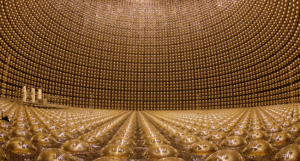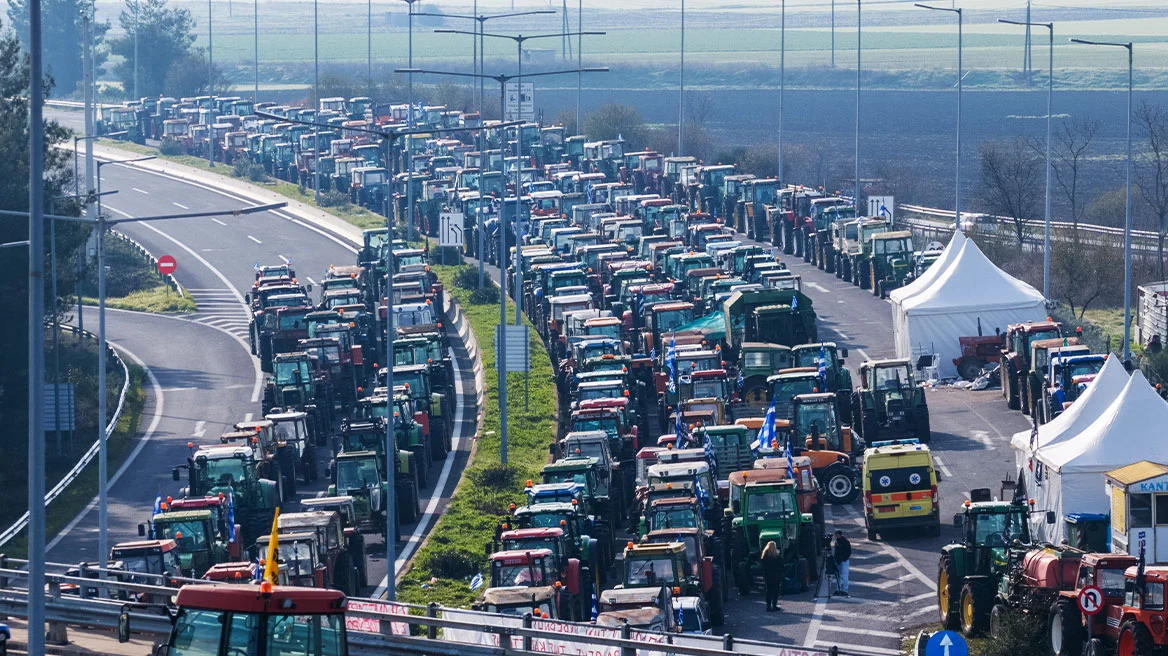Hidden 1,000 meters under Mount Ikeno in Japan is a place that looks like a supervillain’s dream.
Super-Kamiokande (or “Super-K” as it’s sometimes referred to) is a neutrino detector. Neutrinos are sub-atomic particles which travel through space and pass through solid matter as though it were air.
Studying these particles is helping scientists detect dying stars and learn more about the universe. Business Insider spoke to three scientists about how the giant gold chamber works — and the dangers of conducting experiments inside it.
Neutrinos can be very hard to detect, so much so that Neil deGrasse Tyson dubbed them “the most elusive prey in the cosmos”. In this video, he explains that the detection chamber is buried deep within the earth to stop other particles from getting in.

“Matter poses no obstacle to a neutrino,” he says. “A neutrino could pass through a hundred light-years of steel without even slowing down”.
But why catch them at all?
Mitsotakis-Netanyahu agree on ‘green passport’ for tourism
15 of the most stereotypical maps of Europe (maps)
“If there’s a supernova, a star that collapses into itself and turns into a black hole,” Dr Yoshi Uchida of Imperial College London told Business Insider. “If that happens in our galaxy, something like Super-K is one of the very few objects that can see the neutrinos from it”.
Before a star starts to collapse it shoots out neutrinos, so Super-K acts as a sort of early-warning system, telling us when to look out for these dazzling cosmic events.
Read more: Business Insider
Ask me anything
Explore related questions





